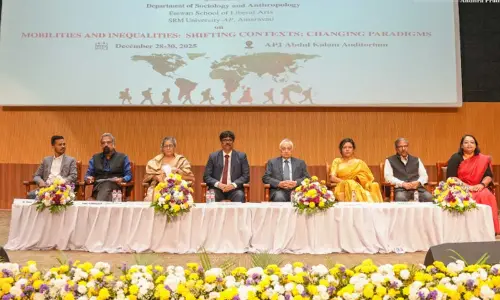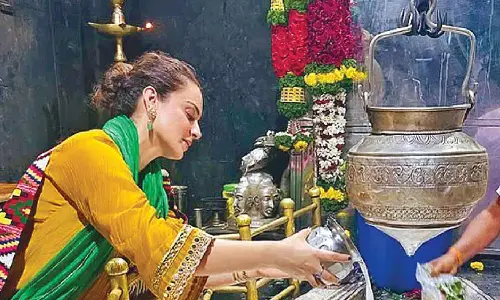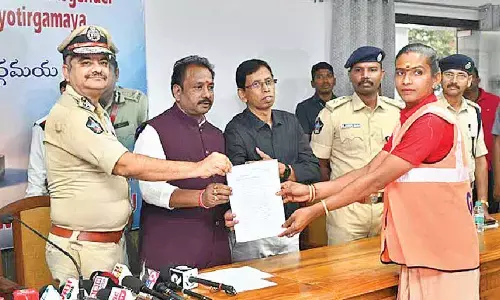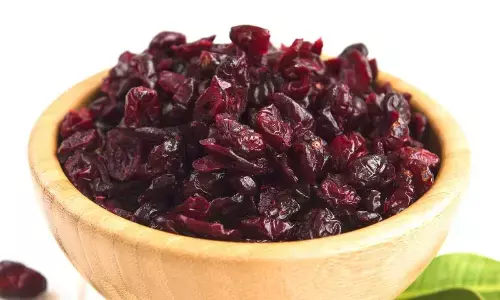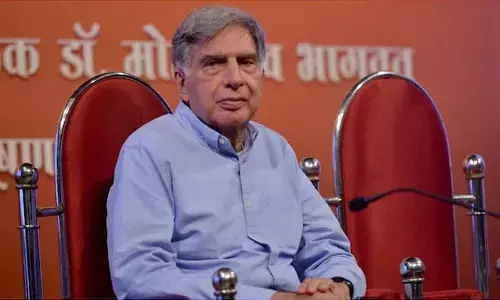Aerobic transplanting technique

In summer, canal water never reaches the farmers at the tail-end region of Cauvery. As a result Puttaswamy, a farmer in Matadadoddi village, Mandya district Karnakata, and other farmers in this region were facing severe water shortage for sustainable rice production.
Enabling technologies
In summer, canal water never reaches the farmers at the tail-end region of Cauvery. As a result Puttaswamy, a farmer in Matadadoddi village, Mandya district Karnakata, and other farmers in this region were facing severe water shortage for sustainable rice production. Farmers here were drawing water through lift irrigation from the small tributary flowing adjacent to the village. Rice being a high water consuming crop makes it difficult for conventional system with reduced water availability. Further, insufficient availability of electricity for pumping water made it more difficult to cover the area under conventional systems.
Puttaswamy, approached the Rice Scheme at ZARS, VC farm, Mandya in search of alternative and on their guidance started cultivating rice using the aerobic transplanting technique. This technique involves establishment of rice seedlings with dry seed bed nursery for 20-25 days. The main land was prepared under drier situation and furrows at 30cm was opened with wooden plough at the time of transplanting and irrigated for wetting the soil. Seedlings were transplanted in the furrows at an intra-row spacing of 15-20 cm.
Then the crop was maintained under aerobic condition with irrigation at 6-8 days interval. Inter cultivation was carried out by passing wooden plough in the rows. The weeds were controlled with pre-emergent application of Pretilachlor + Bensulfuran methyl @ 4kg per acre inter-cultivation between rows and hand weeding in the intra rows. Nutrient management was maintained as per UAS, Bengaluru package. Puttaswamy applied this technique on 2 acres during the first year and got a yield of 94 quintals with KRH4 hybrid.
Earlier, under the conventional system of puddle transplanting, farmers in the village were using 150-175 cm water. However, with the introduction of SRI and aerobic methods of cultivation the water requirement was reduced to 60 cm and 45-50 cm, respectively. Further, the cost of cultivation was reduced from Rs.21,000 per acre under conventional system to Rs.14,000 per acre under aerobic transplanting. Following the success, the rice growers association was registered in the village and the SRI (System of Rice Intensification) and aerobic transplanting was scaled up to 400 acres in the cluster of villages.








